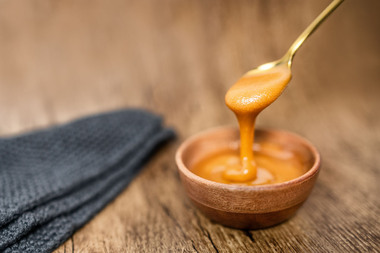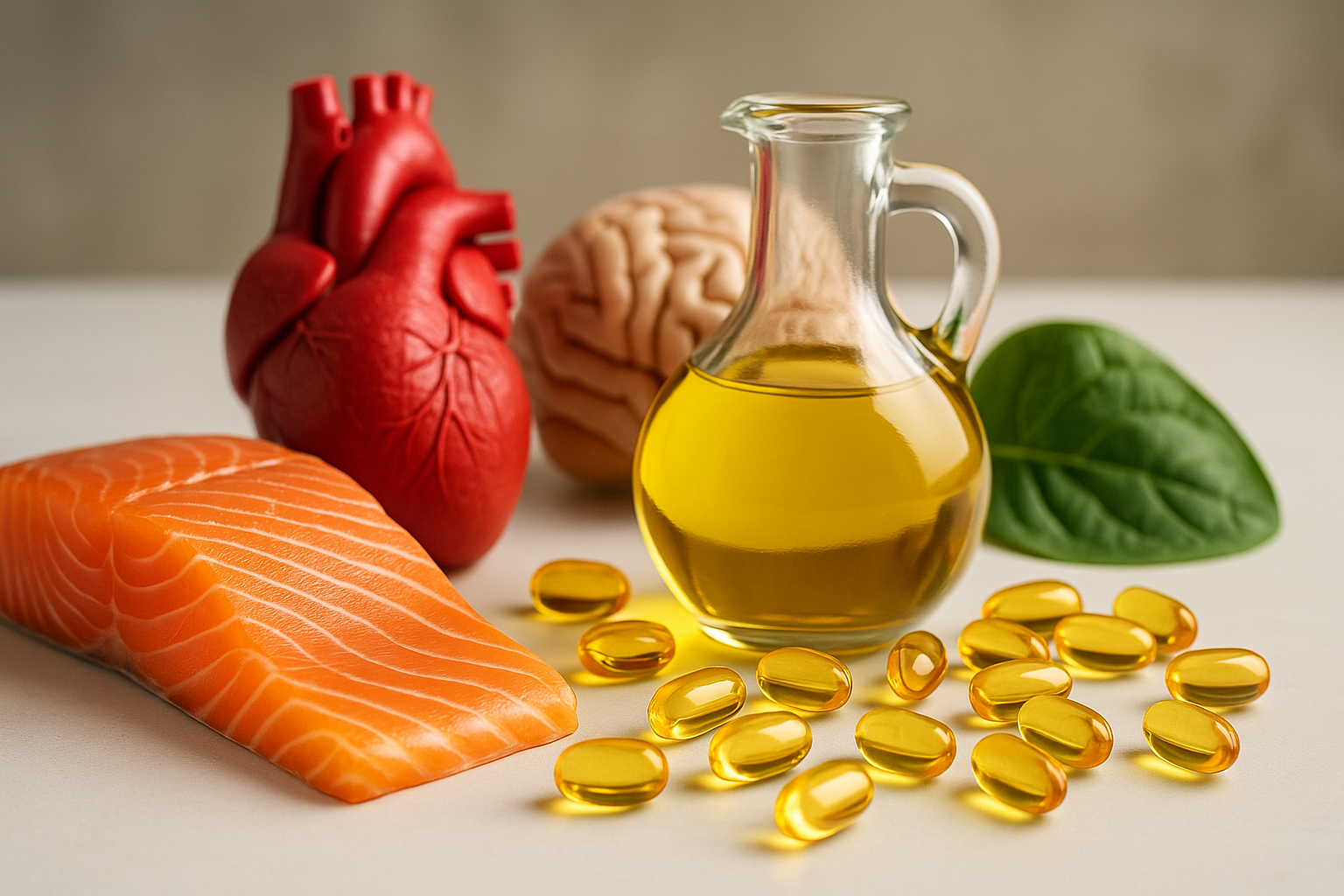
In folk medicine, honey has always been a much-used universal household remedy and was used, among other things, to treat wound infections, consumption, coughs, skin conditions, mouth ulcers, jaundice, diarrhoea and constipation, as well as to ease childbirth and as the first food for newborns. Honey also has a millennia-old tradition as a cultural asset - and even today, the high-quality natural product helps to combat a wide range of health complaints.
Honey is almost as old as human culture itself. As early as the Stone Age, humans used honey as a foodstuff, as shown by 9,000-year-old Stone Age cave paintings of "honey hunters". At first, it was the only sweetener. Honey from wild bee colonies was also used as bait in bear hunting. Australian petroglyphs show that the Aborigines were already collecting bush honey from stingless bees in prehistoric times.
Honey also plays a prominent role in literature and mythology. For example, the Germanic god Heimdall, the guardian of the gods and keeper of the bridge Bifröst (the rainbow), which leads from Midgard (the world of humans) to Asgard (the world of the gods), is presented as a great devotee of honey wine (mead). Heimdall resides in the castle Himinbiörg and "drinks in blissful home / There blissfully the sweet mead", as it says in the famous poem "Grimnismal". So mead is the drink of the gods!
In general, mead is closely linked to the realm of the gods among the Germanic peoples. Outstanding warriors, the Einherjer, ascend after their death to Valhalla, a magnificent hall with 540 gates in the palace Valaskjalf of the prince of the gods Odin, through which 800 warriors can enter side by side, and enjoy themselves in the evening after days of duels with mead served to them by Valkyrie. In Old Norse culture and mythology, mead is a drink and a gift from the gods and was not only drunk in large quantities at celebrations, but also served as a drink of the gods in ritual acts. The Edda, the old Norse poetry about gods and heroes, therefore contains detailed descriptions of regular drinking bouts and the consequences the next day - but because of the background, the bouts were not just "boozing", but often also sacrificial acts.
Theft of honey was punishable by severe penalties in the earliest times.
Methods for making wine were already known in ancient Egypt and the Near East around 3500 BC, while mead extraction has a somewhat older tradition. Honey was not only eaten, but also used as a preservative for perishable food. Honey with a high water content was often used or stored in a damp place. Incidentally, honey was part of the medieval taxes (honey tithe) and a valuable commodity of regional and long-distance trade. From the earliest times, honey theft and bee robbery were punishable by severe penalties.
Of course, honey has not only been drunk since time immemorial, but also eaten - until today! The per capita consumption in Germany is about one kilogram per year. Complete honeycombs, i.e. wax with honey and brood, are used as food in Africa and by other primitive peoples. Honeys of different botanical origin differ not only in taste, smell and colour. The spectrum of active substances is also typical for each nectar or honeydew-producing plant.
Healing properties of honey known for a long time
Speaking of active ingredients: In addition to other bee products, honey is also used in naturopathy as a remedy within the framework of apitherapy. Apitherapy is the medical use of bee products, mainly propolis, bee venom, honey and the bee air. This use also has a long historical tradition. The preservative and "cleansing" (anti-inflammatory) effect of honey was already known in antiquity and in the High Middle Ages honey was also used accordingly therapeutically, among other things as a wound healing agent. Its complex effectiveness for the energy balance, stimulation of heart activity, drainage, lowering of blood pressure, etc. made honey additionally a popular healing and tonic.
In folk medicine, too, honey has always been a much-used universal household remedy and was used against eye diseases and wound infections, consumption, coughs, skin diseases, mouth ulcers, jaundice, diarrhoea and constipation, as an aphrodisiac, to ease childbirth and as the first food for newborn babies. In superstition, bees and their products were said to have demon-preventing powers, and baked goods made with honey were said to help against all kinds of evils and diseases caused by evil spirits.
Premium honey from New Zealand
Manuka honey is a very special product. This is a honey produced by honey bees from the flower nectar of the South Sea myrtle (Manuka), which is traditionally used as a natural remedy. The indigenous people of New Zealand have been treating injuries with the manuka plant, which grows wild in New Zealand and Australia, for many centuries. Manuka honey is considered so valuable that even many celebrities swear by it. Ed Sheeran, for example, oils his voice with it. Scarlett Johansson applies it to her face and Gwyneth Paltrow has it in her kitchen - just in case. It is especially popular with actresses and pop stars who take care of their bodies. The flowering period of the manuka plant lasts only a few weeks a year. The harvest quantity is therefore limited and differs from year to year due to nature's seasonal conditions. Manuka honey tastes strong and spicy and can be used like local honey, whether spooned pure, as a spread or to sweeten drinks.
Manuka honey eaten pure is said to relieve inflammation, colds, gum problems and gastrointestinal problems. In fact, in laboratory tests at the University of Ottowa, Manuka honey showed good efficacy against pathogens of sinusitis. The honey is best known for its effect against pathogens such as bacteria and viruses. Responsible for this is, for example, pinostrobin, which gives the honey its dark colour. The absolute uniqueness of Manuka honey comes from the high, naturally contained active ingredient polyphenol methylglyoxal (MGO). The riper the New Zealand Manuka honey, the higher the MGO content.
In order to guarantee the MGO claim, every beekeeping company in New Zealand must have the honey tested for its MGO content by the government certification body. Truly high quality Manuka honey has a rare minimum content of a whopping 514+! Such a value makes a product extraordinarily valuable, because the higher the MGO content, the more actively the product unfolds its broad spectrum of effects. Thus, Manuka honey with this high MGO content can be used excellently to positively support the healthy immune system, for example. The sinuses, the gastrointestinal tract and the urinary tract, bladder and prostate area. Many germs and viruses do not like this high MGO content at all. Thus, several studies confirm that Manuka honey has a high antibacterial effect. Incidentally, the antibacterial influence and especially the bactericidal properties of MGO were proven in a study by the Technical University of Dresden.
* This text may contain translation errors as the translation was performed by an online translation tool.










